Between October 6, 1997 and September 30, 1998, 256 episodes of Godzilla Island, a TV series spin-off from the Godzilla film franchise, aired on TV Tokyo in Japan. Twenty-five years later, Godzilla Island is finally getting an official international release, complete with English subtitles… and it’s being released through YouTube! An episode of Godzilla Island will be released on the GODZILLA OFFICIAL by TOHO YouTube channel every Tuesday and Thursday.
If you’re a Godzilla fan who hasn’t heard much, if anything, about Godzilla Island, it’s understandable. Each episode of the show is only 3 minutes long, and the kaiju featured on the show weren’t brought to life through “suitmation” like in the Toho movies. Instead, the monsters are portrayed with toys created by Bandai. The first episode of Godzilla Island can be seen in the embed at the bottom of this article, to give you an idea of what the show is like.
Godzilla Island has the following synopsis: The year is 2097. Monsters live and frolic on Godzilla Island under the watchful eye of G-Guard, a human peacekeeping force. But with a massive, belligerent UFO heading straight for the island, how long can that peace last?!
In addition to the kaiju, the show features Mayumi Ōkuwa as Torema, an alien from Planet Torendiru who is protective of Godzilla Island, and Kaori Aizawa as Zaguresu, an alien from Planet X who wants to destroy Godzilla Island.
And here’s some more information from Wikipedia: Set in 2097, most of Earth’s kaiju (monsters) live on an island out in the Pacific Ocean called Godzilla Island, which is monitored by G-Guard. The creatures living on the island include Godzilla, Godzilla Junior, Mothra, Mothra Leo, Rodan, Fire Rodan, King Ghidorah, Mecha-King Ghidorah, Mechagodzilla (the Heisei version), Anguirus, Gigan, Hedorah, Destoroyah, Baragon, King Caesar, Moguera, Megalon, Battra, SpaceGodzilla, Gorosaurus, Kamacuras and Jet Jaguar. Torema and Zaguresu’s kaiju (or monsters) include a black-colored Mechagodzilla (the Showa version), a fully mechanical King Ghidorah (called Hyper-Mecha King Ghidorah), a new version of Hedorah (called Neo Hedorah), Kumasogami (named Dororin in the series), Jigora (a species of kaiju from Torema’s home planet that looks like pallette swaps of Godzilla Junior), a powered-up version of SpaceGodzilla, a different version of Fake Godzilla, Proto Moguera (which resembles the original Moguera from The Mysterians) and Gororin (a sentient ball-shaped cactus). One kaiju that did not appear in a Godzilla movie, a miniature version of Dogora, also appears for a few episodes, working with Zaguresu. For unknown reasons, Kumonga, Ebirah, Varan, Manda, the Showa Mechagodzilla, Titanosaurus, Gabara, Minilla, Biollante, Oodako, Ookondoru, and Shockiras were not included, while King Kong was excluded for legal reasons. None of the Showa- or Heisei-era kaiju from Toho’s other non-Godzilla movies appear in this series either.
I haven’t watched Godzilla Island myself, so I will be catching up with the series on YouTube. Have you seen the show? If not, will you be watching it on the GODZILLA OFFICIAL by TOHO channel? Let us know by leaving a comment below.
If you’re a Godzilla fan living in the U.S., you’ll also have the chance to see Godzilla: Tokyo S.O.S. on the big screen in a couple weeks.


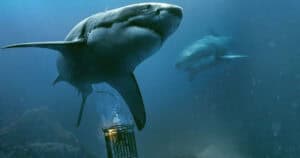
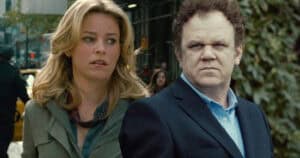
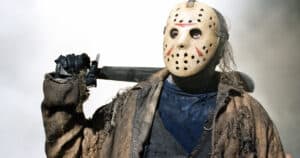
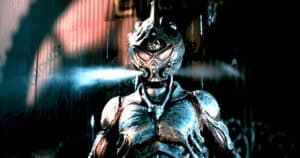
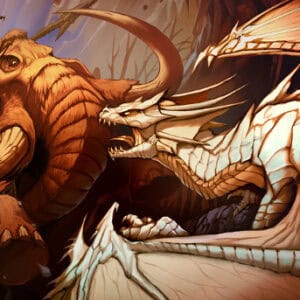

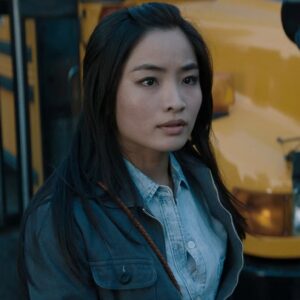
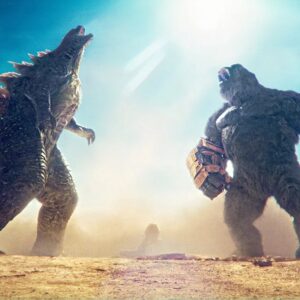
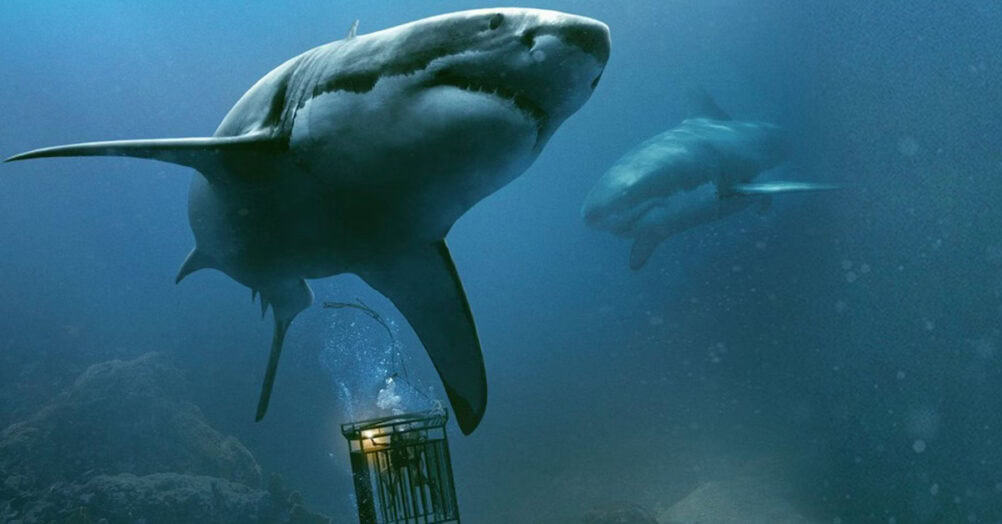
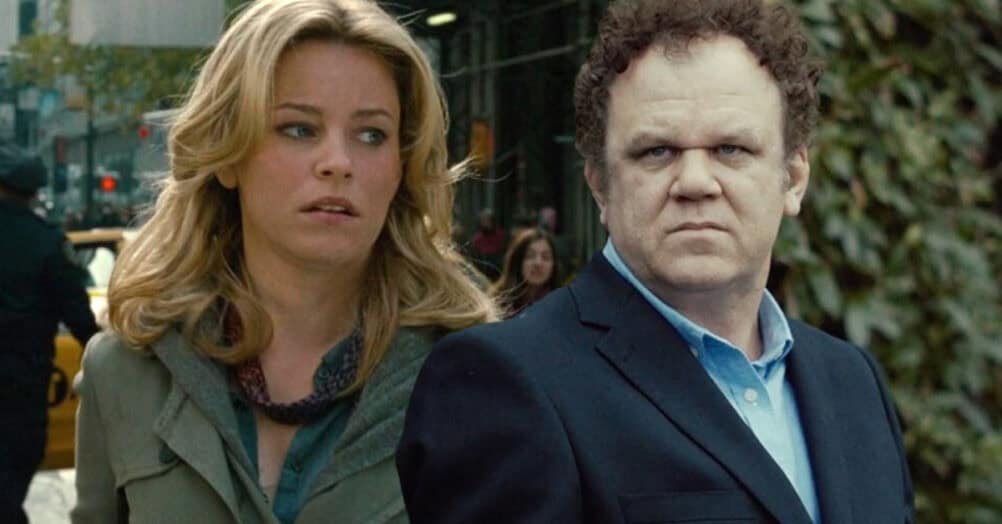
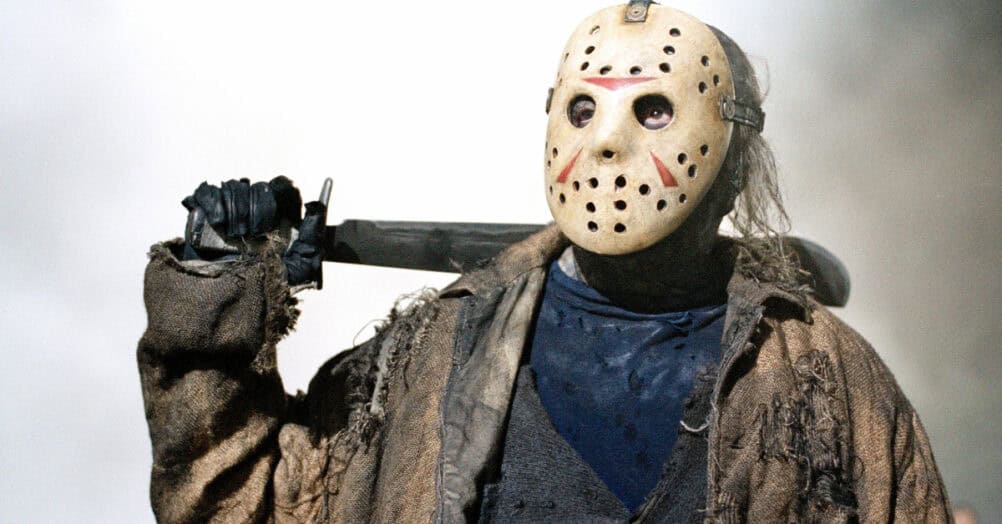
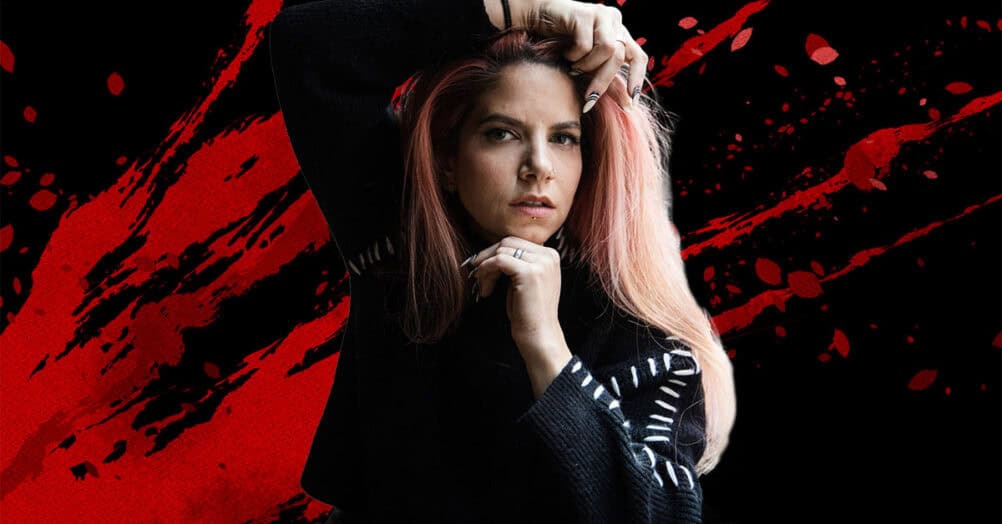
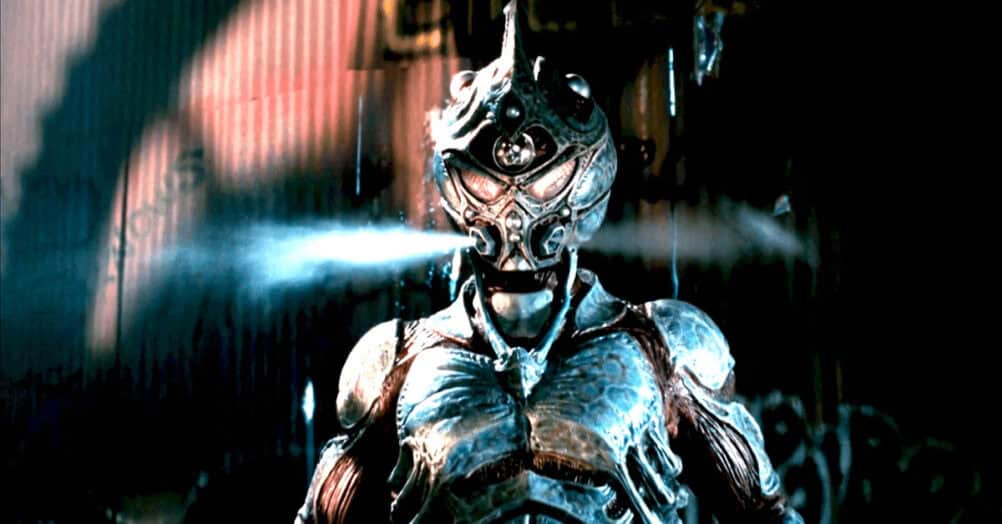
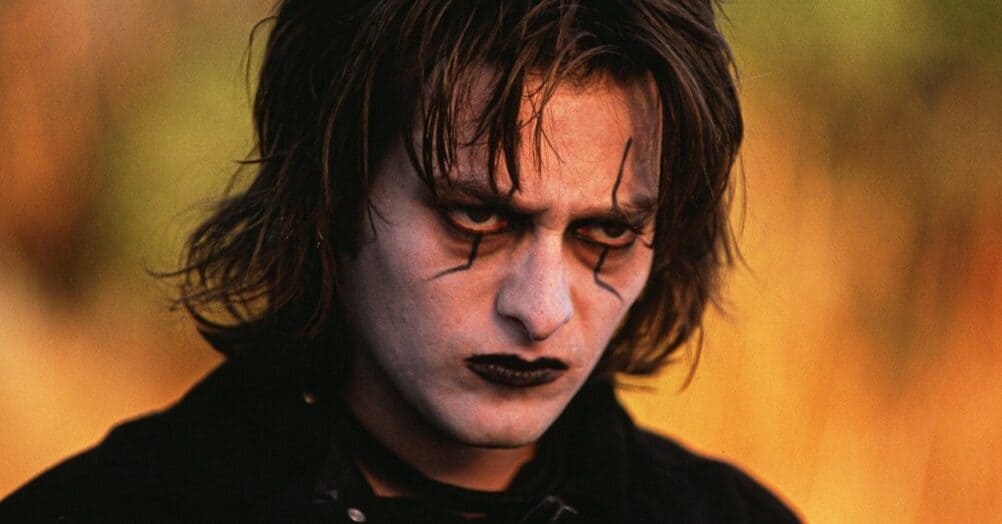
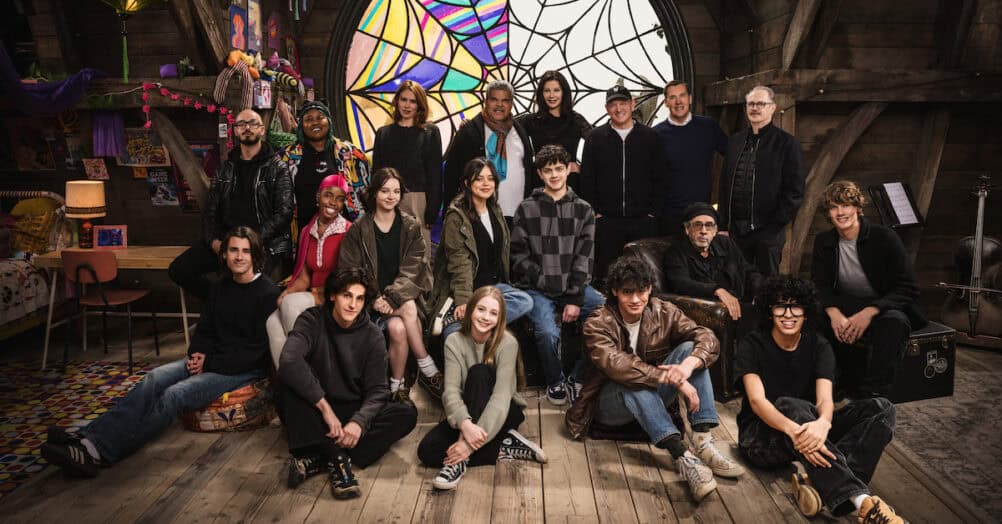
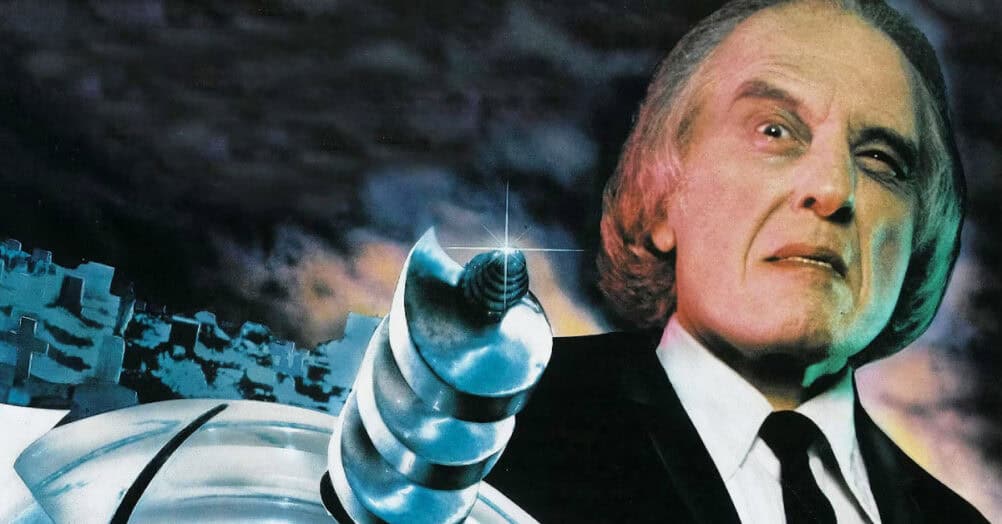
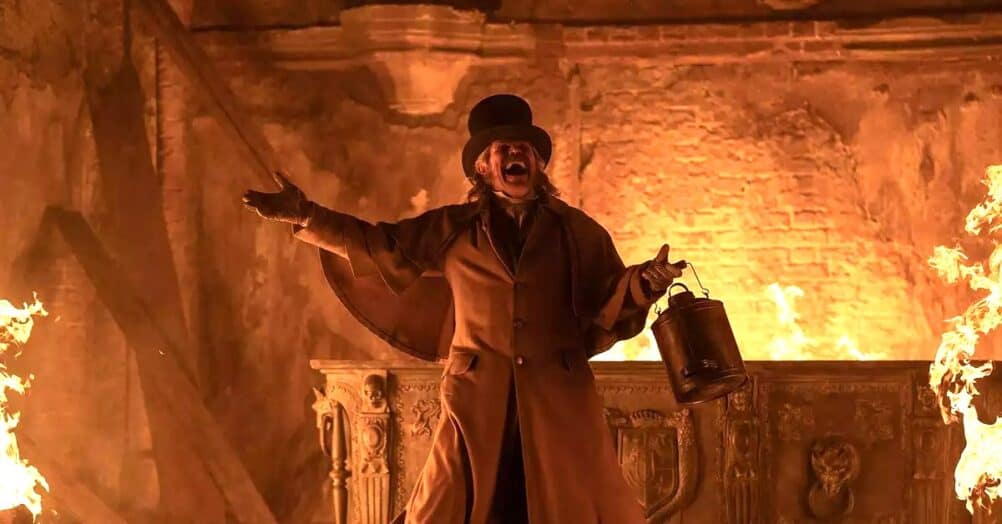
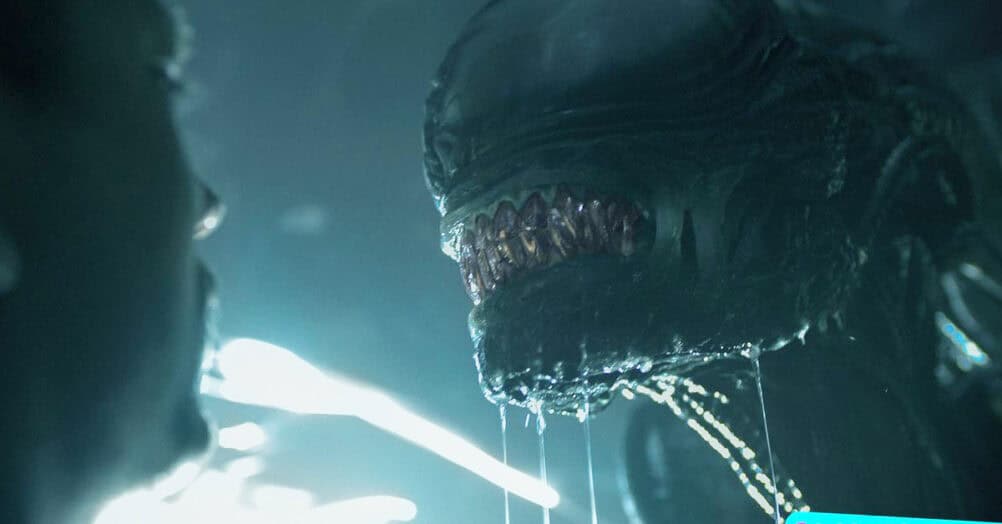
Follow the JOBLO MOVIE NETWORK
Follow us on YOUTUBE
Follow ARROW IN THE HEAD
Follow AITH on YOUTUBE